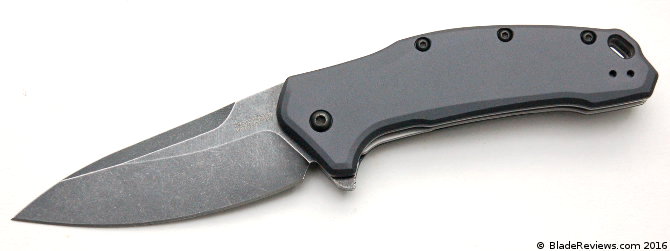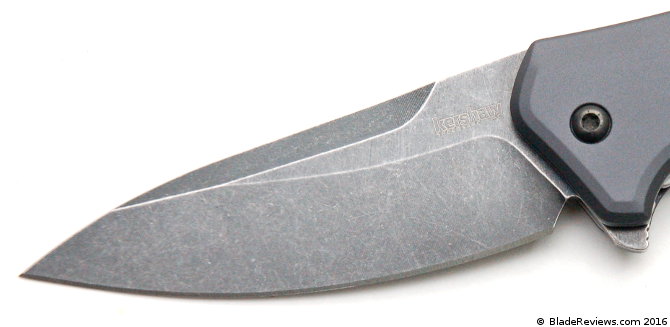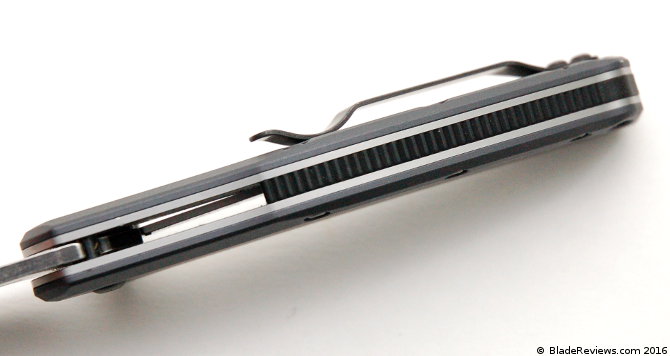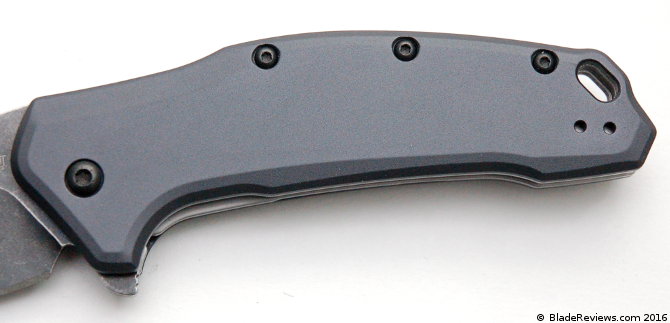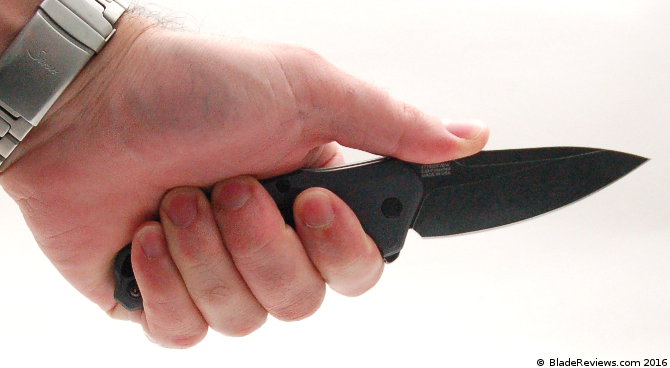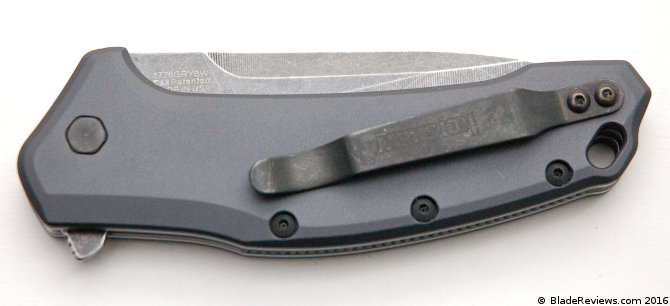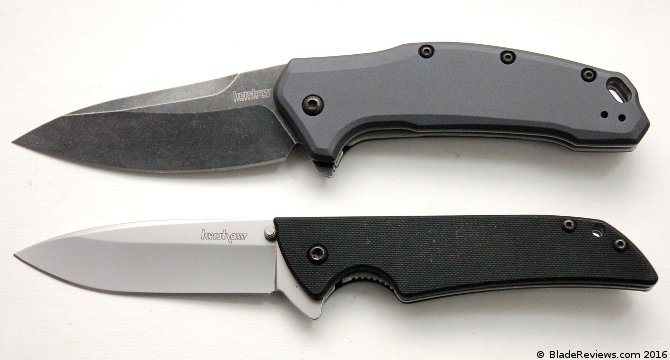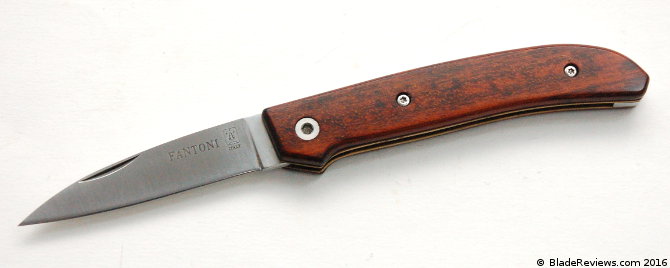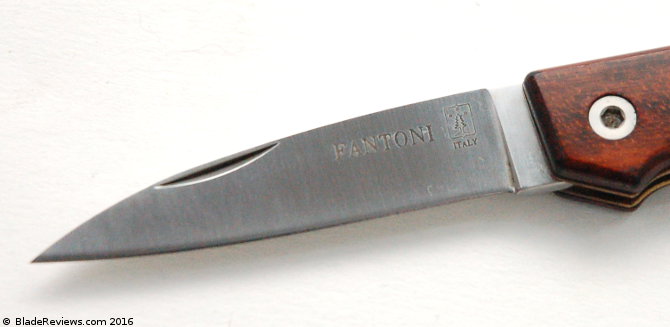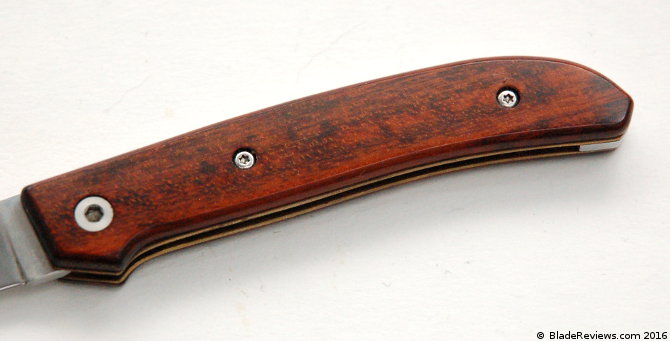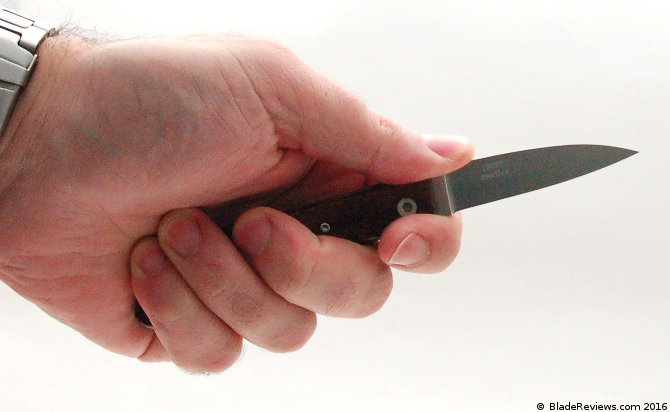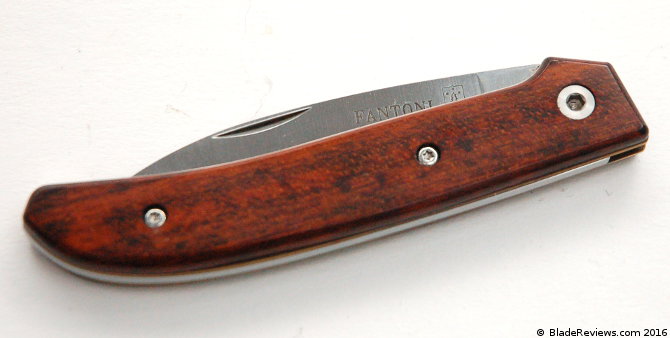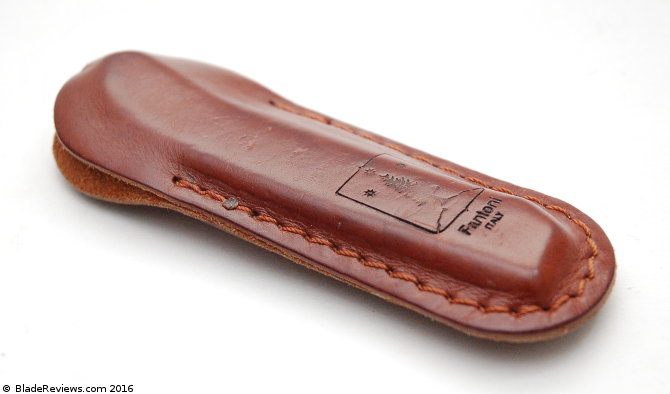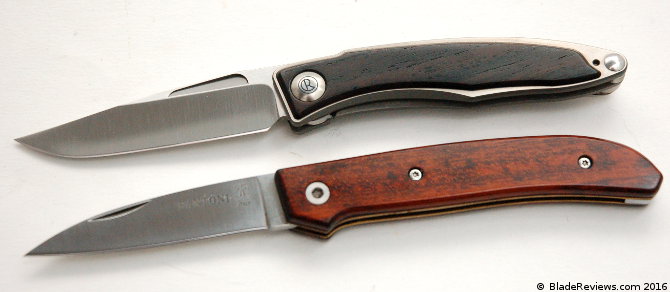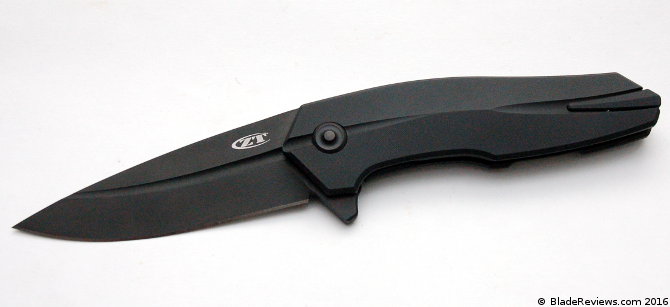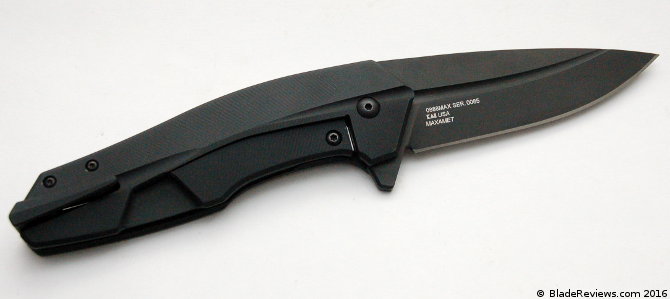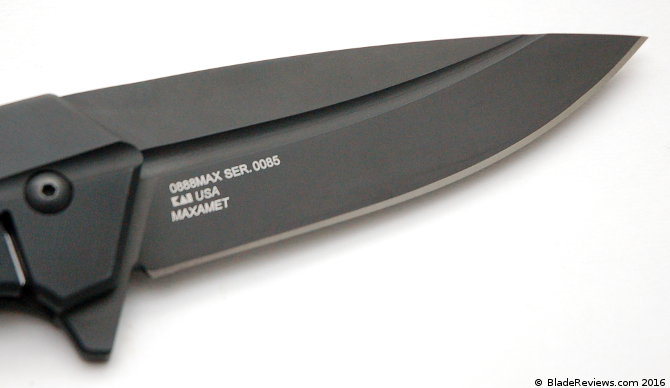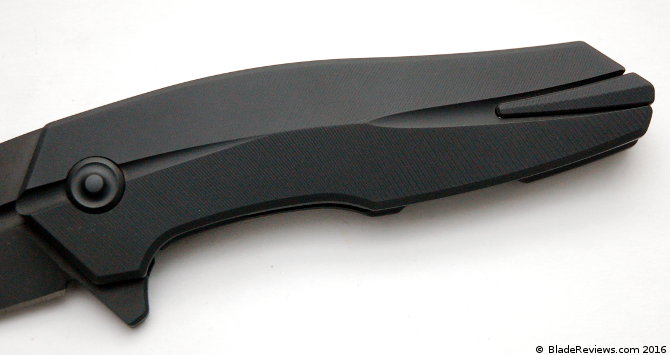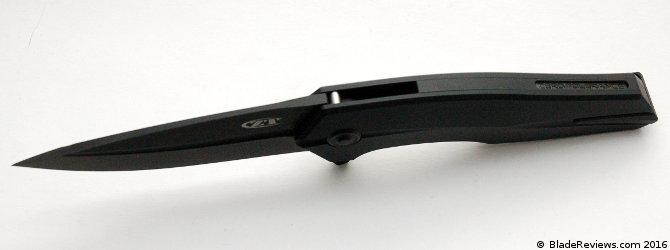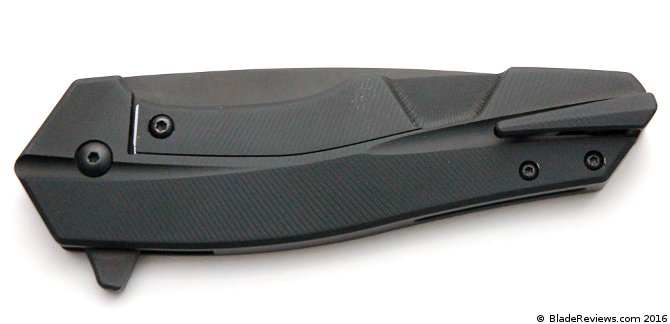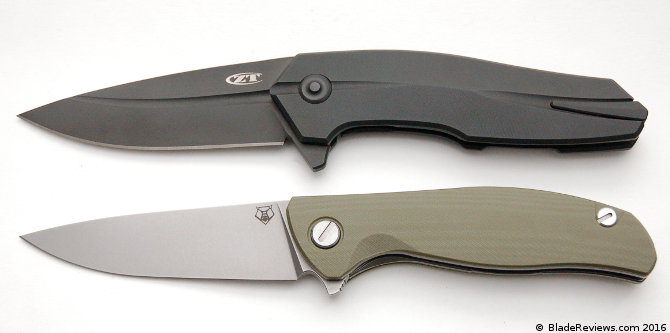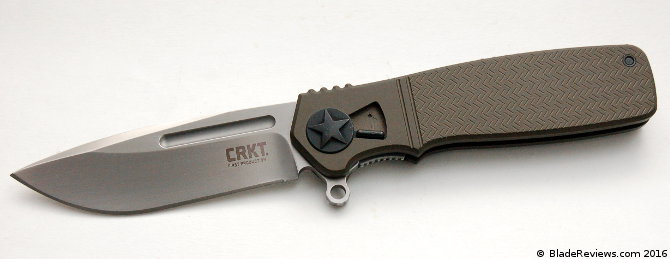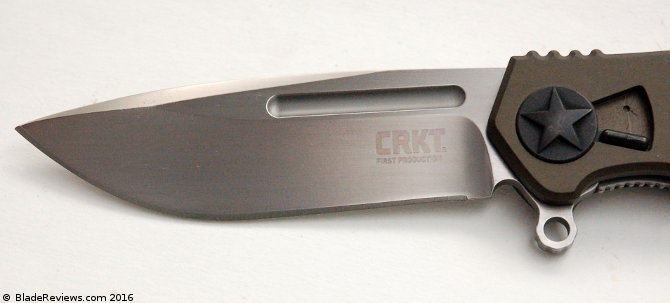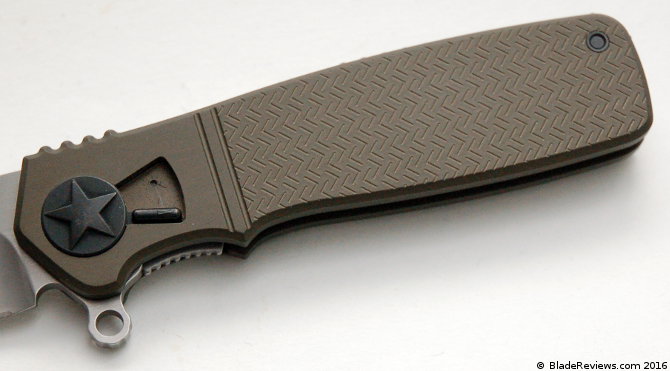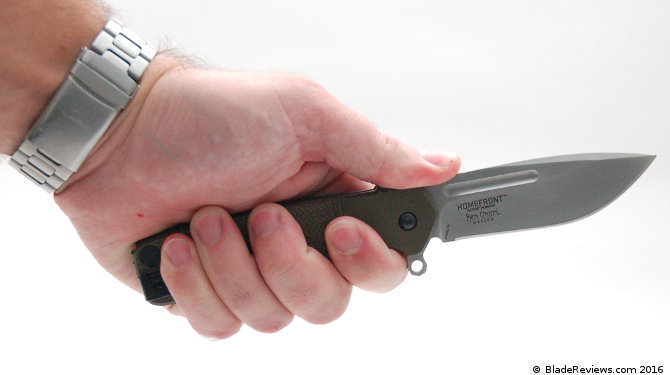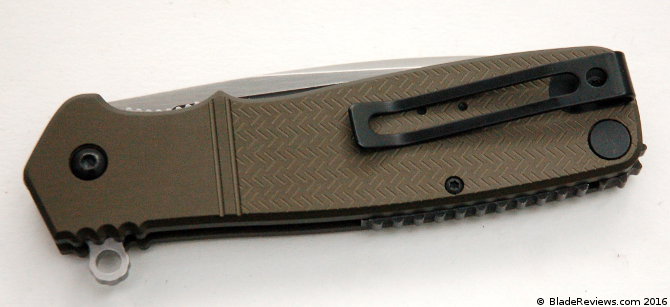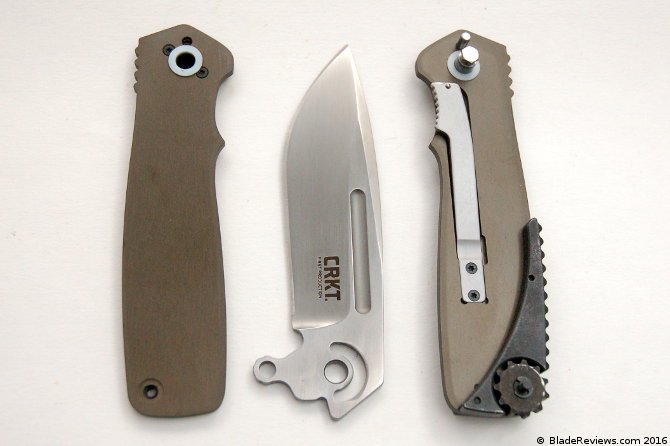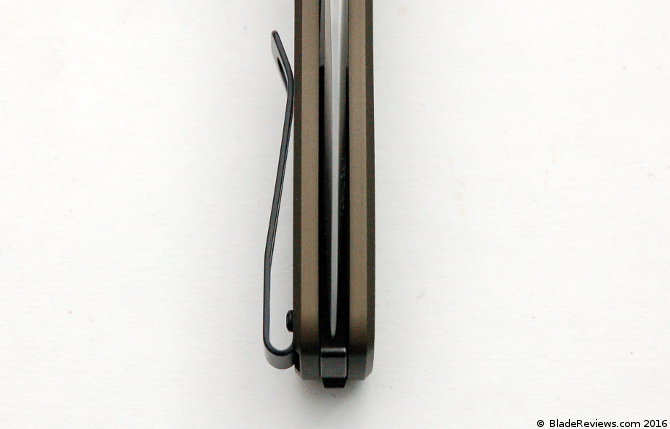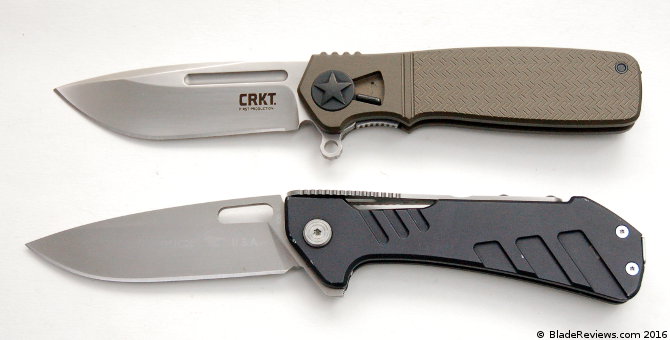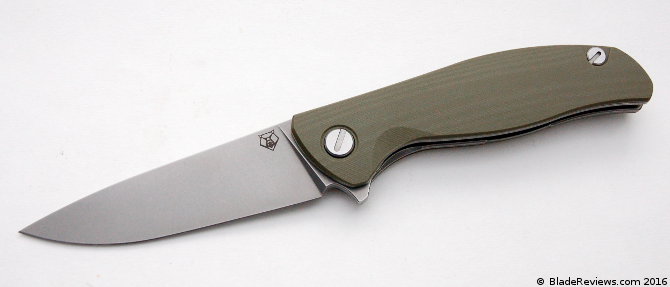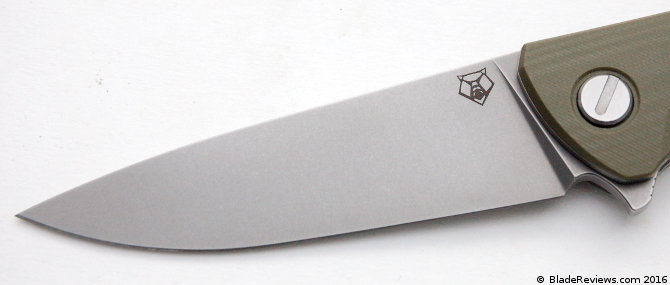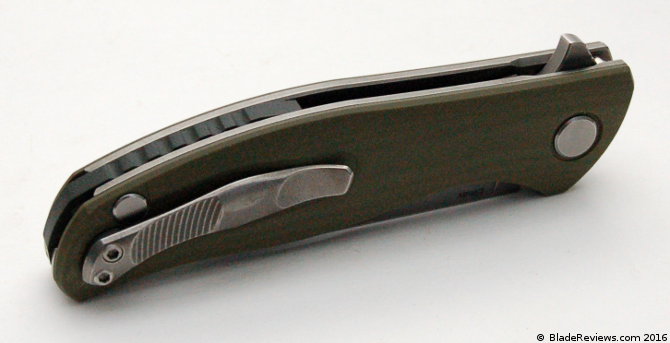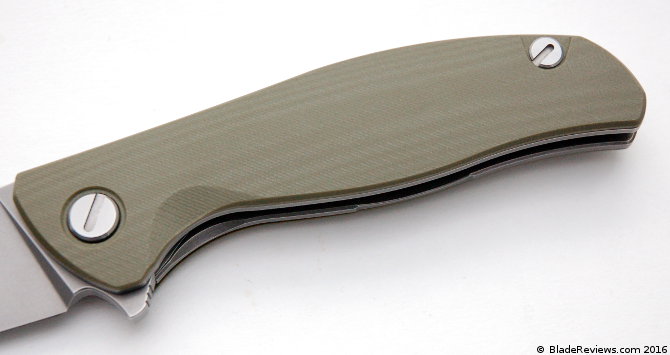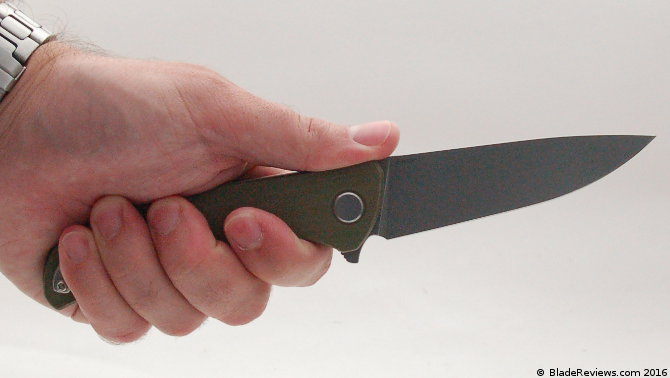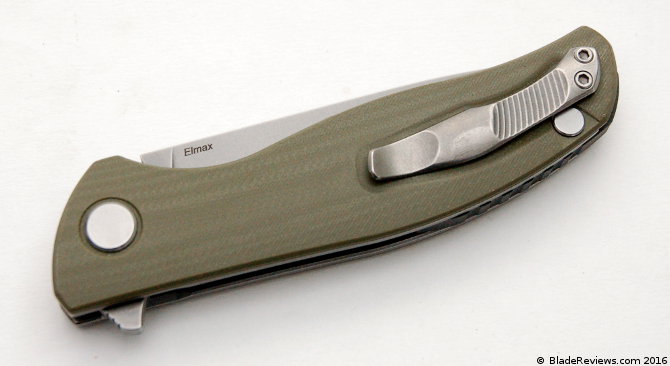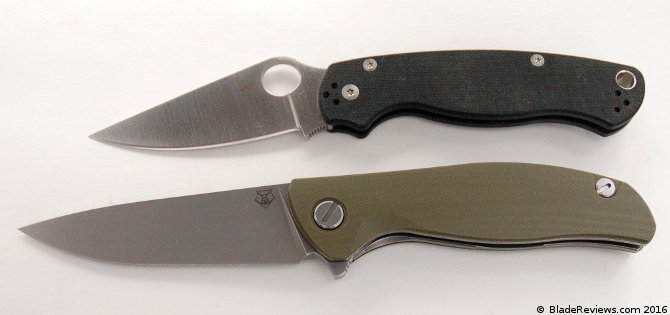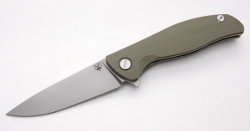I have never been able to consistently Every Day Carry (EDC) a full size multi-tool. I have a couple, and they have come in handy, but I don’t regularly EDC them. They are great to have in a car tool kit, a tackle box, for camping, or possibly if you work a physical job. But as a desk jockey I get way more mileage out of a Victorinox Pioneer than with your standard multi-tool.
And then there is the Leatherman Micra. I have owned one for a few years now. My father has one, and I picked one up on a whim after checking out his. There is something extremely satisfying about this little tool. The spring loaded scissors are unlike anything else in my gear collection. I thought it might be fun to switch things up and offer a review of my Micra.
General Dimensions and Blade Details
The Micra has a closed length of 2.5 inches, a 1.6″ blade, weighs 1.8 ounces, and is made in the USA. Closed it’s about the size of my thumb. An easy enough option to EDC. Some people carry this on a keychain, and there is a lanyard loop that you can fold away if you don’t want to use it. I already have enough on my keychain, plus as a lawyer it would quickly get confiscated if I forgot to remove it before going through court security. It is slightly thicker than an Alox Cadet and much shorter. It truly is a micro piece of EDC gear.
The main attraction to this tool is the spring loaded scissors, and man are they sweet. First of all, the spring loaded aspect of this tool is extremely satisfying. The fidget factor is off the charts, and I regularly find myself absentmindedly opening and closing the tool. The spring loaded aspect alone is worth the price of admission.
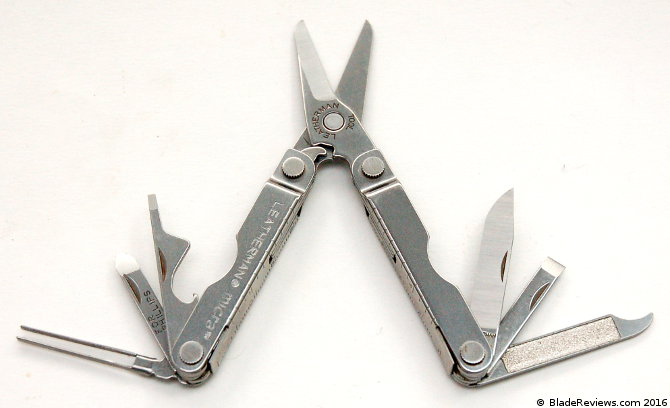
But what puts things over the top is how sharp and useful the scissors are: they are indeed sharp and useful. And strong. They are so strong that I think calling them “scissors” is not giving them enough credit. They are almost shear like in their capabilities. I regularly use them to trim my fingernails. Hopefully that wasn’t too much information, but it goes to show that these aren’t the little scissors that come on the Swiss Army Knives or full size multi-tools. These are several steps above.
If you aren’t into using the scissors on the Micra as an impromptu grooming tool, then they can easily cut zip ties and plastic packaging. I could see them cutting through a shoe in a pinch (in a first aid situation), but ideally you would want something bigger. They don’t replace full size scissors if you have to cut a lot of cloth or paper, but they are stout, tough, and sharp.
Additional Tools
Obviously, the scissors aren’t the only tool on the Micra. You also get a penknife, a large flathead driver, a small flathead driver with a cap lifter built in, a “Phillips” driver, tweezers, and a combination nail file and nail cleaner.
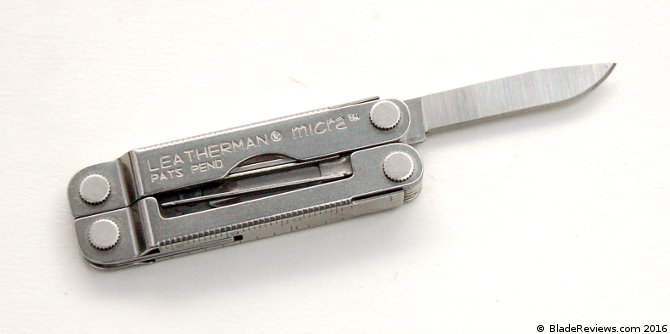
The knife blade is a small clip point that is flat ground with a chisel edge. It’s sharp and serviceable, even if it’s about 1-5/8″ long. This isn’t going to perform like a full size knife, but you can cut stuff with it in a pinch. The blade doesn’t lock open, but there is a backspring and it snaps in place. The spring is weaker than a Swiss Army Knife, but this is not a knife you are going to want to use heavily any ways. It can open a box in a pinch, but probably the biggest draw to the knife is its needle fine tip.

Leatherman actually includes 420HC blade steel on the Micra. On a regular pocket knife 420HC is pretty ho-hum, but for a ~$20 multi-tool I think this is an outstanding choice. 420HC lacks the edge retention of higher end steels, but I think it’s a fine choice for the small blade on the Micra.
On the subject of steel, the steel that Leatherman has used here is pretty good. Mine occasionally spots with rust, but it cleans off easily and has never been a serious problem. Leatherman has been at this for over 30 years, so I imagine they have given the steel they use a healthy amount of consideration.
The 2 flat head drivers are nice enough. I can’t say either has gotten a ton of use, but the fine one is also integrated into a bottle opener. You can never have too many bottle openers, and the screwdrivers can be used in a pinch.
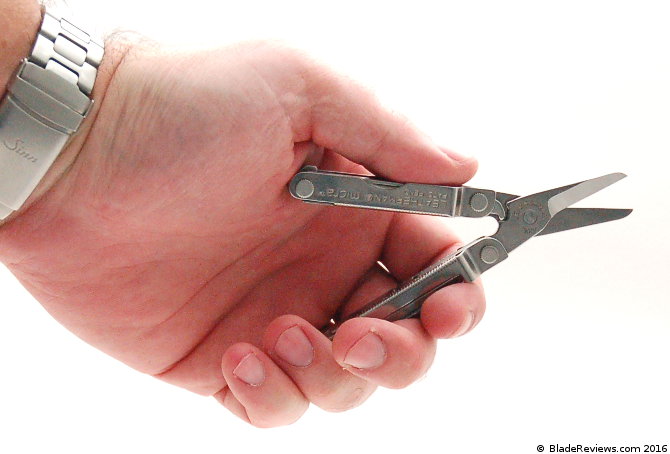
The Phillips driver is more of 2 dimensional driver, rather than a true “3-D” Phillips driver. It’s not perfect, but better than nothing. On a tool of this size and at this price point there will be compromises, and the lack of a true Phillips driver is one of them. There is no way you are going to replace a full tool kit with a Micra.
The file is really just a nail file. You won’t be able to use it for much more than that. With that said, I think including a nail file is nice, and it compliments the scissors. It has good abrasiveness and has held up well after several years of occasional use. No complaints here.
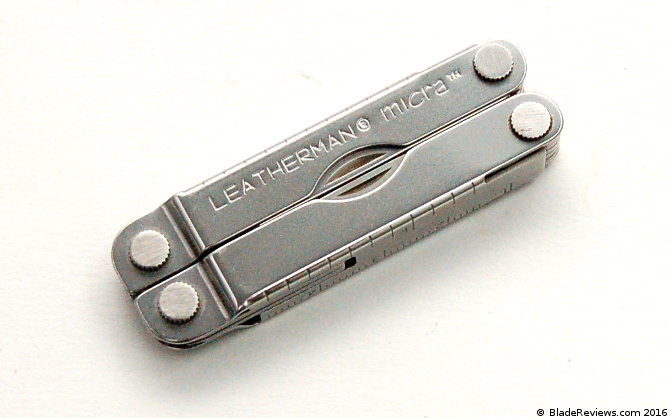
The tweezers are probably the tool I have used the least. I prefer the tweezers on my Swiss Army Knives. The tweezers on the Micra are kind of blunt, and I have never used them on a splinter, but they are fine enough to pluck hair.
Rounding things out is a ruler. It has been integrated into the back of the handle like most multi-tools. It’s awkward to use, but it doesn’t take up any additional space.
All told, I think the feature set on the Micra is robust given the size and price restraints. This is a nice assortment of common tools. You need to open the scissors to access the tools, but a small multi-tool like this is going to require some fidgeting.
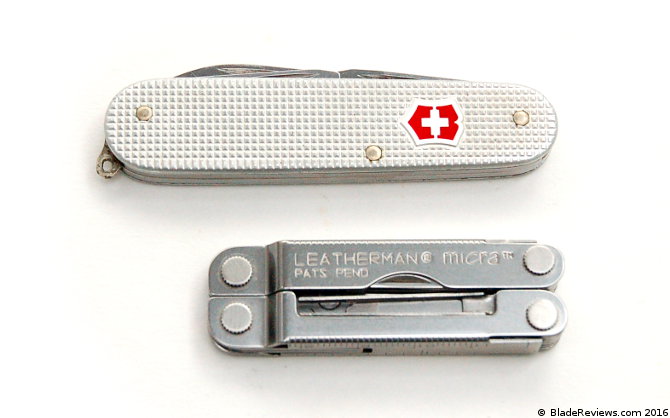
Leatherman Micra Review – Final Thoughts
What impresses me most about the Micra is how nicely it is made. It’s a sturdy tool, but it is also nicely finished. There are no sharp edges (besides the blades of course), no tooling marks, the grinds are nice on the scissors and knife, and everything fits together as it should. The pivot is riveted, and my Micra has a small amount of play in it, but beyond that everything reeks of quality. It’s hard to believe that they make these in America and offer them at the price that they do.
For under $25, this is a multi-tool that I think pretty much anyone would enjoy. Sometimes mine ends up in the medicine cabinet, but it’s good for a tackle box, first aid kit, the car, or small tool kit. They manage to cram a lot of utility into a small package. This is the kind of tool where you can buy a couple and keep them stashed strategically, or have one that is part of your EDC. They also make great gifts.
As a knife guy this Micra won’t replace my Swiss Army Knives, but the spring loaded scissors are great, and the Micra is one of the more endearing pieces of EDC gear that I own. If you have never been able to justify a full size multi-tool then you may enjoy a Micra. If you already are a multi-tool guy then odds are you already own one. Either way I highly recommend it.
- A Leatherman for Everyone: For the last 40 years, Leatherman has been empowering millions to conquer the expected and unexpected, transforming everyday challenges into triumphant moments
- Engineered to Withstand: From our Portland, Oregon factory and backed by our 25-year warranty, our multi-tools are built to last a lifetime, embodying the innovation and perseverance of our founder, Tim Leatherman
- Mighty & Miniscule: Features 10 useful tools, including a knife, tweezers, screwdrivers, scissors and more; Easy to carry in your pocket, purse or tackle box; Attach to your keychain for convenient portability
- Personal Care Tools & Daily Problem Solver: With a nail file and tweezers, the Micra is your grooming companion on the go; Whether you're handling quick fixes or fishing and camping, this mini-tool is a practical everyday carry (EDC)
- Great for Gifting: Perfect for anglers, hobbyists or those always on the move, this ultra-portable keychain tool makes an excellent gift and is ideal for those new to multi-tools
I recommend purchasing the Leatherman Micra at Amazon. Please consider that purchasing anything through any of the links on this website helps support BladeReviews.com, and keeps the site going. As always, any and all support is greatly appreciated. Thank you very much.


